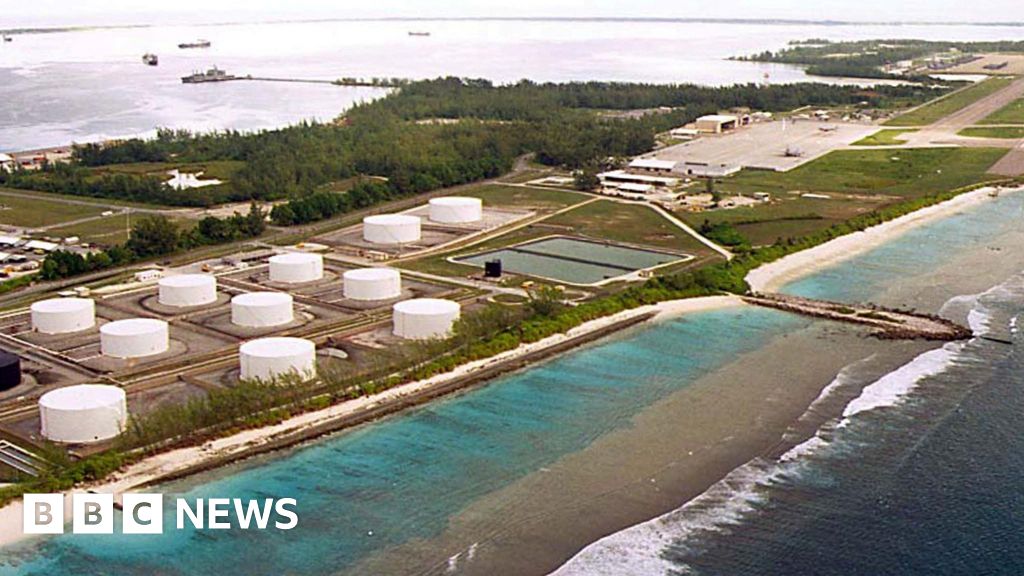Plasma—the electrically charged fourth state of matter—is at the heart of many important industrial processes, including those used to make computer chips and coat materials.
Simulating those plasmas can be challenging, however, because millions of math operations must be performed for thousands of points in the simulation, many times per second. Even with the world’s fastest supercomputers, scientists have struggled to create a kinetic simulation—which considers individual particles—that is detailed and fast enough to help them improve those manufacturing processes.
Now, a new method offers improved stability and efficiency for kinetic simulations of what’s known as inductively coupled plasmas. The method was implemented in a code developed as part of a private-public partnership between the U.S. Department of Energy’s Princeton Plasma Physics Laboratory (PPPL) and chip equipment maker Applied Materials Inc., which is already using the tool. Researchers from the University of Alberta, PPPL and Los Alamos National Laboratory contributed to the project.
Detailed simulations of these plasmas are important to gain a better understanding of how plasma forms and evolves for various manufacturing processes. The more realistic the simulation, the more accurate the distribution functions it provides. These measures show, for example, the probability that a particle is at a particular location and moving at a particular speed. Ultimately, understanding these details could lead to realizations about how to use the plasma in a more refined way to etch patterns onto silicon for even faster chips or memory with greater storage, for example.
“This is a big step forward in our capabilities,” said Igor Kaganovich, a principal research physicist at PPPL and co-author of a journal article published in Physics of Plasmas that details the simulation findings.
Making the code reliable
The initial version of the code was developed using an old method that proved unreliable. Dmytro Sydorenko, a research associate at the University of Alberta and first author of the paper, said that significant modifications to the method were made to make the code much more stable.
“We changed the equations, so the simulation immediately became very reliable and there were no crashes anymore,” he said. “So now we have a usable tool for the simulation of inductively coupled plasmas into two spatial dimensions.”
The code was improved, in part, by changing the way one of the electric fields was calculated. An electric field is like an invisible force field that surrounds electric charges and currents. It exerts forces on particles. In an inductively coupled plasma, a wire coil carrying an electric current generates a changing magnetic field, which, in turn, generates an electric field that heats the plasma. It is this field, known as the solenoidal electric field, on which the team focused its efforts.
The code calculates electromagnetic fields based on procedures developed by Salomon Janhunen from Los Alamos National Laboratory. These procedures were optimized by PPPL’s Jin Chen, who acted as a bridge between physics, mathematics and computer science aspects of the challenge.
“For a complicated problem, the improvement is significant,” Chen said.
The simulation is known as a particle-in-cell code because it tracks individual particles (or small groups of particles clumped together as so-called macroparticles) while they move in space from one grid cell to another. This approach works particularly well for the plasmas used in industrial devices where the gas pressure is low. A fluid approach doesn’t work for such plasmas because it uses average values instead of tracking individual particles.
Obeying the law of conservation of energy
“This new simulation allows us to model larger plasmas quickly while accurately conserving energy, helping to ensure the results reflect real physical processes rather than numerical artifacts,” said Kaganovich.
In the real world, energy doesn’t randomly appear or disappear. It follows the law of conservation of energy. But a small mistake in a computer simulation can accumulate with each step. Because each simulation might involve thousands or even millions of steps, a small error throws off the results significantly. Making sure energy is conserved helps keep the simulation faithful to a real plasma.
More information:
Dmytro Sydorenko et al, Simulation of an inductively coupled plasma with a two-dimensional Darwin particle-in-cell code, Physics of Plasmas (2025). DOI: 10.1063/5.0241152
Citation:
Faster, more stable plasma simulations help advance chip manufacturing (2025, May 21)
retrieved 21 May 2025
from
This document is subject to copyright. Apart from any fair dealing for the purpose of private study or research, no
part may be reproduced without the written permission. The content is provided for information purposes only.


















